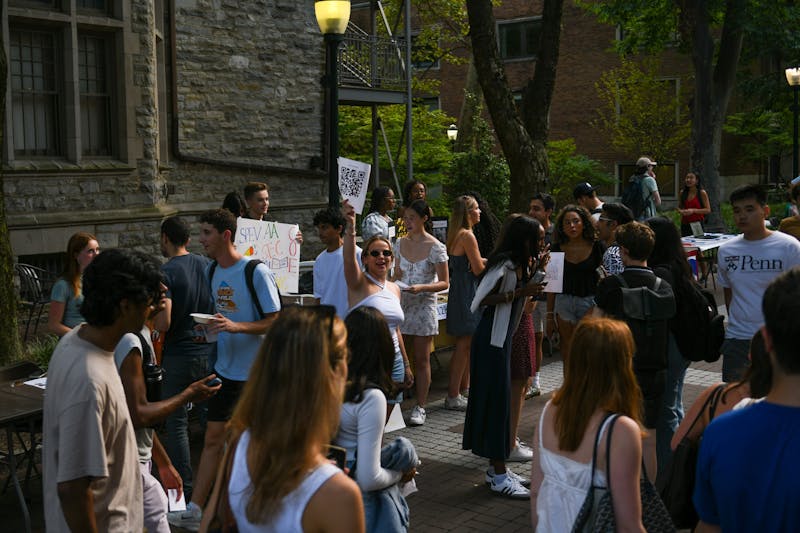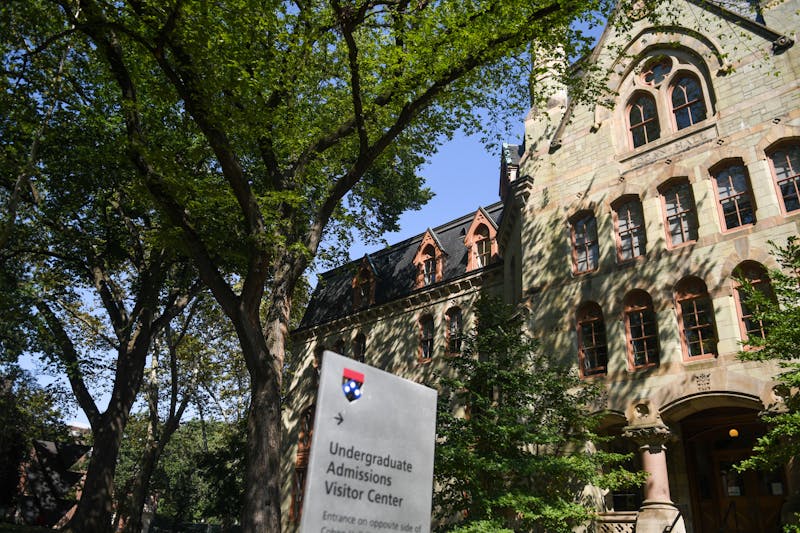
Penn just made huge philanthropic waves, and you might have missed it. The University will give Henry C. Lea Elementary, a school that’s walking distance from campus, a total of over $4 million over the span of the five-year agreement. If you believe Penn, it will transform the educational experience afforded to Lea’s students. If you believe some West Philadelphians, it will transform Cedar Park and Walnut Hill into (more) gentrified neighborhoods. But the outcome of Penn’s partnership with Lea is not predetermined, and there’s one person who has an outsized influence on what it becomes: Penn’s incoming President, M. Elizabeth Magill.
Magill’s arrival to Penn is notable for many reasons, but one of them is her lack of connection to Philadelphia. For a University with such a rocky (in good times) relationship with its host city, Magill’s apparent newness to the area is cause for concern.
Despite being a major economic driver in the greater Philadelphia region, Penn’s impact on the West Philadelphia neighborhoods nearest campus caused significant harm, economically and socially, to the people who have lived there for decades. In 2022, near-West Philadelphia’s neighborhood attributes are markedly different than they were just 20 years ago. The area is getting more expensive and white by the year — trends that are changing at a faster rate than in Philadelphia at large.
The complicated history of Penn’s famous partnership with Penn Alexander, also a public school, gives a concerning air to the Lea investment. Founded in 2001 by the University, the Philadelphia Federation of Teachers, and the School District of Philadelphia, Penn Alexander was a major catalyst in increasing University City’s high cost of living. While Penn Alexander continues to be one of the city’s best-performing schools, it is, just like the neighborhood it’s in, not representative of Philadelphia.
Without access to fine details of the Lea-Penn partnership, it’s hard to make a definitive call and say that it will make Lea as exclusionary as Penn Alexander. And frankly, I’m not qualified to give hard suggestions on how to avoid creating Penn Alexander 2.0. However, I do know well the two key players in this story: Penn and the School District of Philadelphia. In my judgment, the school district will put a premium on making sure that Lea performs to a high standard, and if so, only for the reason that high-performing schools are in short supply in the district. In addition, while the school district will continue to provide basic funding for school operations, it is Penn’s extra cash that will differentiate Lea from other schools in Philadelphia. If Penn is signing the checks that could turn Lea into a formidable educational catalyst for neighborhood change, then it’s also up to Penn to avoid repeating the issues of the past.
Penn has a long history of swooping in, spending money, and letting projects with little community impact run their course — recent projects like the Wharton Academic Research Building and Tangen Hall were built solely for University use. Lea is essentially the opposite; as a public school, it’s meant for the community, not research. It requires sustained attention to make sure it meets the needs of the community. But unlike Philadelphia’s public school district, Penn has no elected overseers or voting base who have the power to change leadership. At a university like ours, the only tool community members have to effect change is persuasion. That means that Liz Magill will never have to sit through a community meeting a few years from now and listen to local families share how they can no longer afford to live in the neighborhood served by Lea.
But being president of Penn does mean that world-renowned experts are on your payroll and at your service. If Magill is serious about improving Penn’s relationship with Philadelphia, part of the investment in Lea needs to come with serious discussions on how to avoid massive neighborhood change. That likely means more than one-off programs with catchy names, and almost certainly means that the current plan for Lea will need to be modified as induced changes become apparent.
Penn’s investment in Lea Elementary will be complicated and ever-changing. But if done correctly, it could also help generations of students access high-quality education without also displacing their families or staining Penn’s history. If President Magill really wants to show our home city that she cares, she needs to show that Penn can be more than a force for upheaval and instead be the true “Civic Ivy.”
ALFREDO PRATICÒ is a College senior studying American History from Philadelphia. He previously served as The DP’s opinion editor. His email is pratico@thedp.com.
The Daily Pennsylvanian is an independent, student-run newspaper. Please consider making a donation to support the coverage that shapes the University. Your generosity ensures a future of strong journalism at Penn.
Donate






